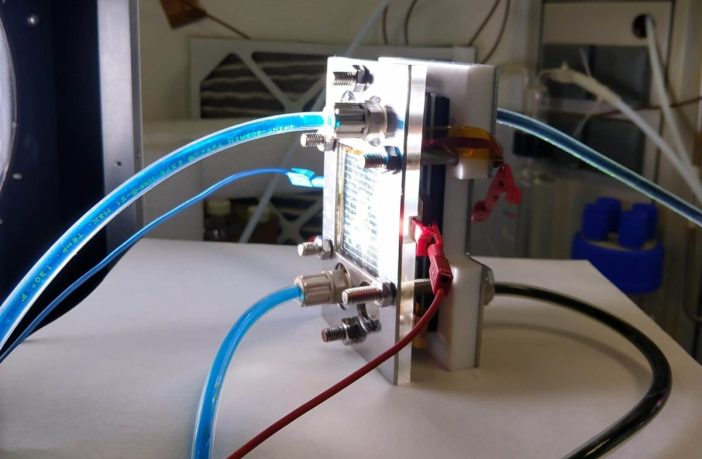Maximizing the efficiency of energy storage, to make good use of every electron generated from intermittent renewables, will be an ongoing challenge for scientists over the coming decades, and one that will likely see a whole host of new technologies and materials introduced to increasingly specialized markets.
Among the less explored approaches here is single-device integrated solar generation and energy storage, or solar-powered redox batteries (SPRBs). These promise to eliminate much of the additional power electronics and other equipment needed to shuttle energy from a PV system to a battery, meaning both cheaper and more efficient energy storage. So far, a few different approaches to fabricating such a device have emerged, and while progress has been made, none has yet achieved the type of performance that would bring interest from commercial developers.
Related study: Unbiased solar energy storage – ScienceDirect
Scientists led by China’s Nanjing University of Information Science and Technologyconducted an extensive review of recent progress with SPRBs, focusing on the development of high-performance dye sensitizer materials, the photoelectrochemical performance of different electrode materials, and the mechanism and structure of such devices. Their review and recommendations can be found in the paper Integrated Photovoltaic Charging and Energy Storage Systems: Mechanism, Optimization, and Future, published in Small.











